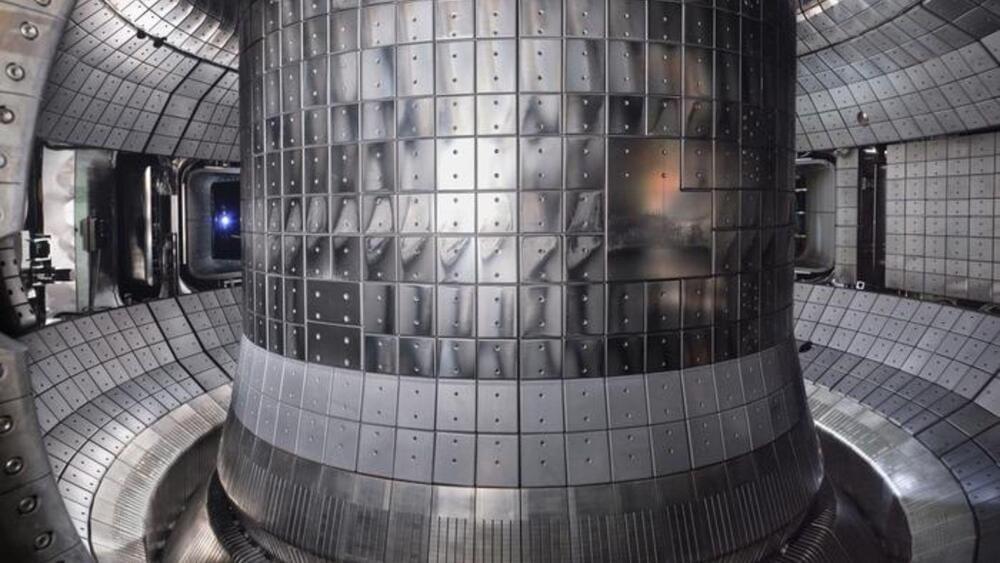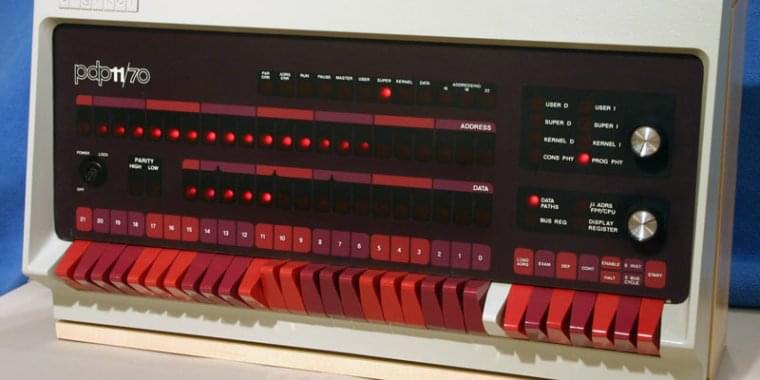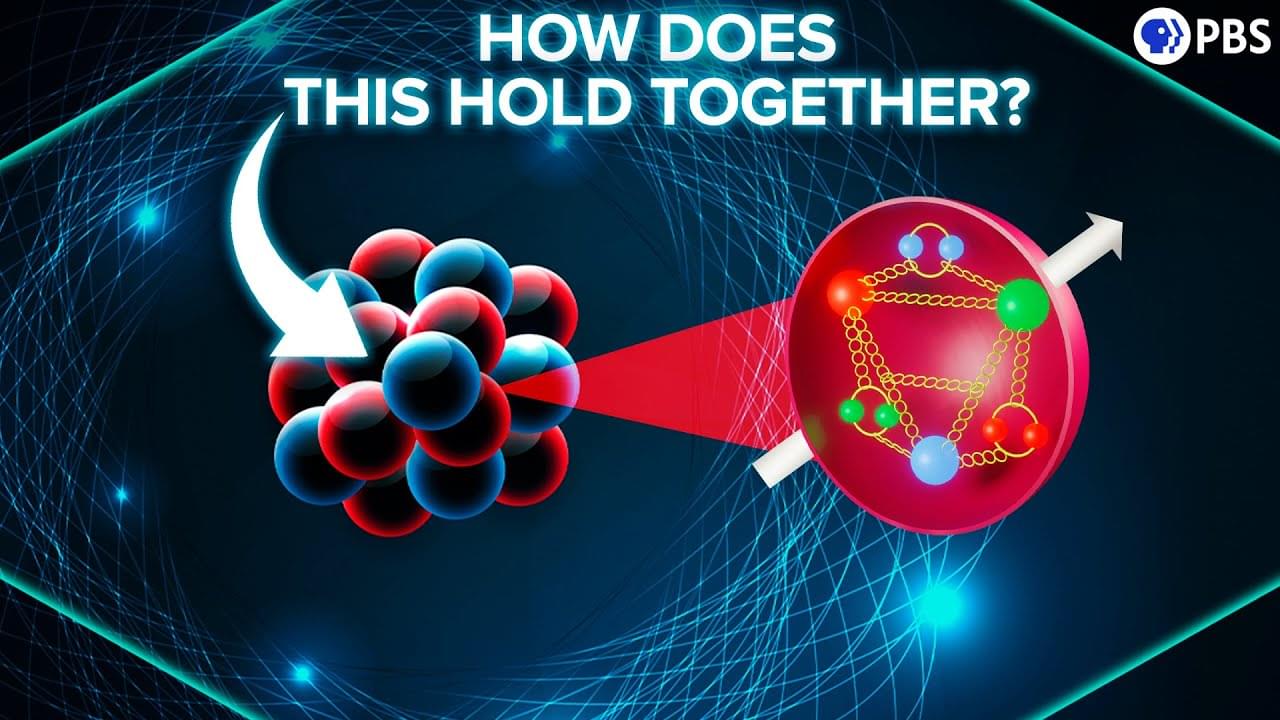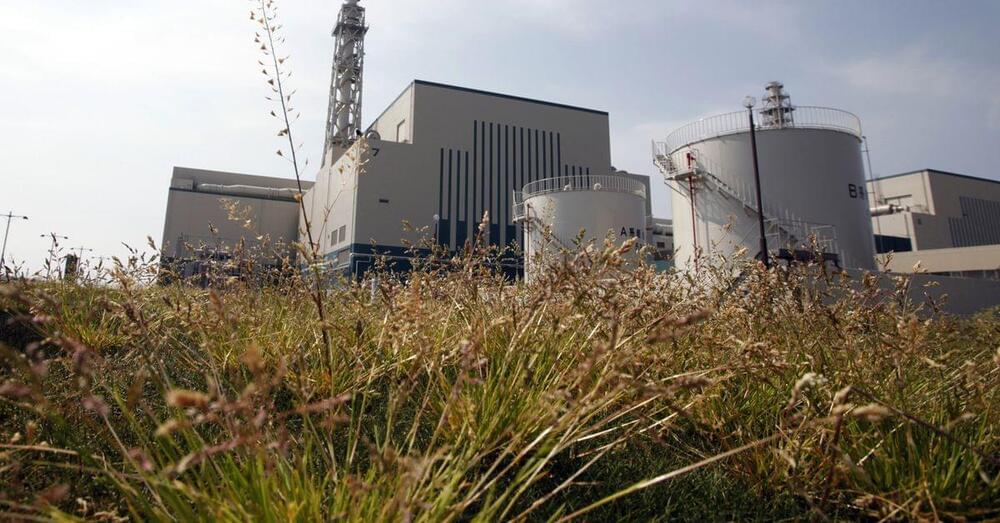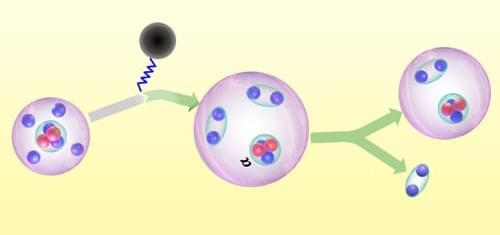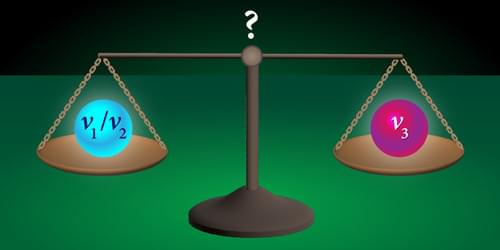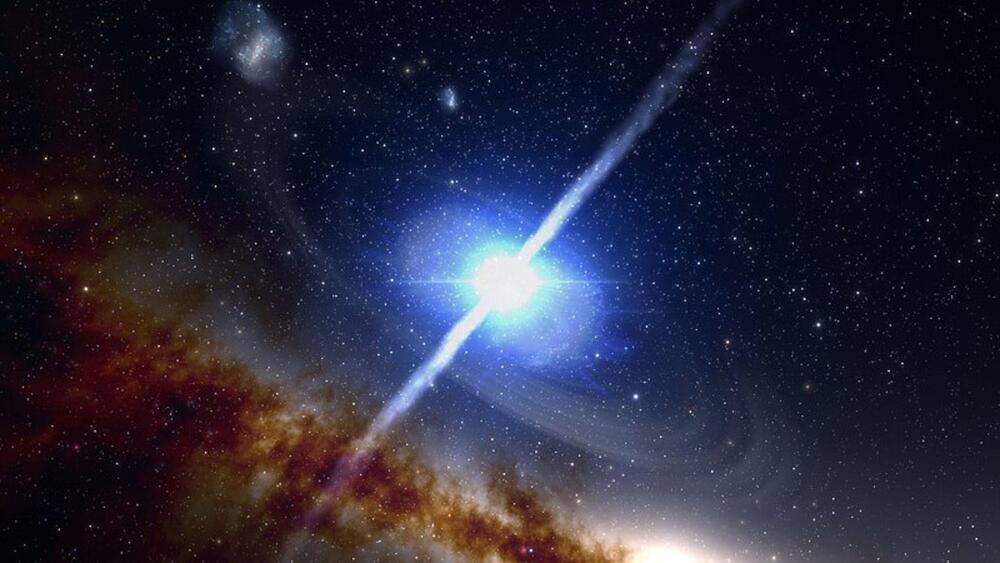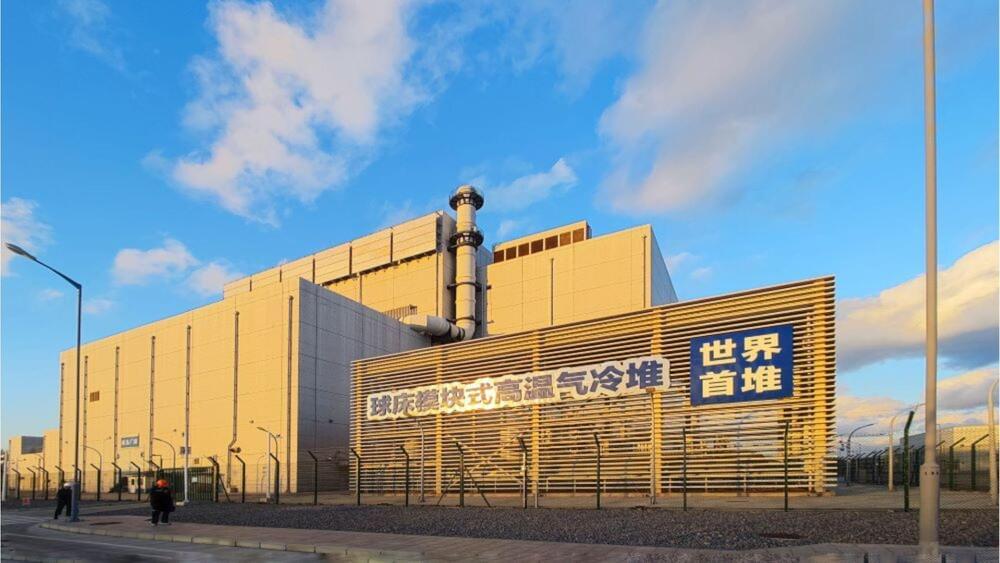Dec 31, 2023
Tungsten divertors to help Korean Artificial Sun to sustain 100m degrees
Posted by Shailesh Prasad in category: nuclear energy
KSTAR, the Korea Institute of Fusion Energy’s (KFE) artificial Sun, has completed a significant modification that would allow it to function for longer periods at higher temperatures. KSTAR stands for Korea Superconducting Tokamak Advanced Research, an advanced nuclear fusion reactor constructed in 2007.
The development in this regard involved the installation of its newly developed tungsten divertors, “allowing it to operate for extended periods sustaining high-temperature plasma over the 100 million degrees,” according to a statement by the institute.
The team claimed they could complete a plasma experiment with the reactor equipped with the new divertor on December 21. In 2021, KSTAR set a new record by running at one million degrees and maintaining super-hot plasma for 30 seconds.
